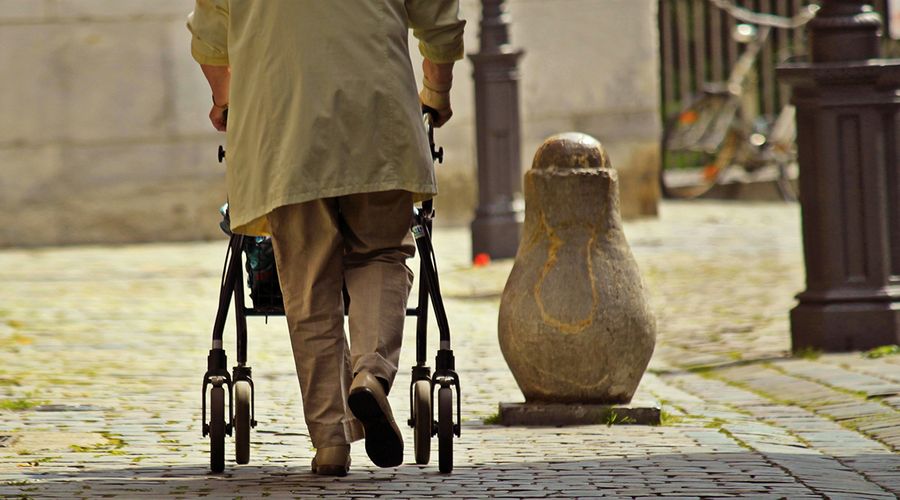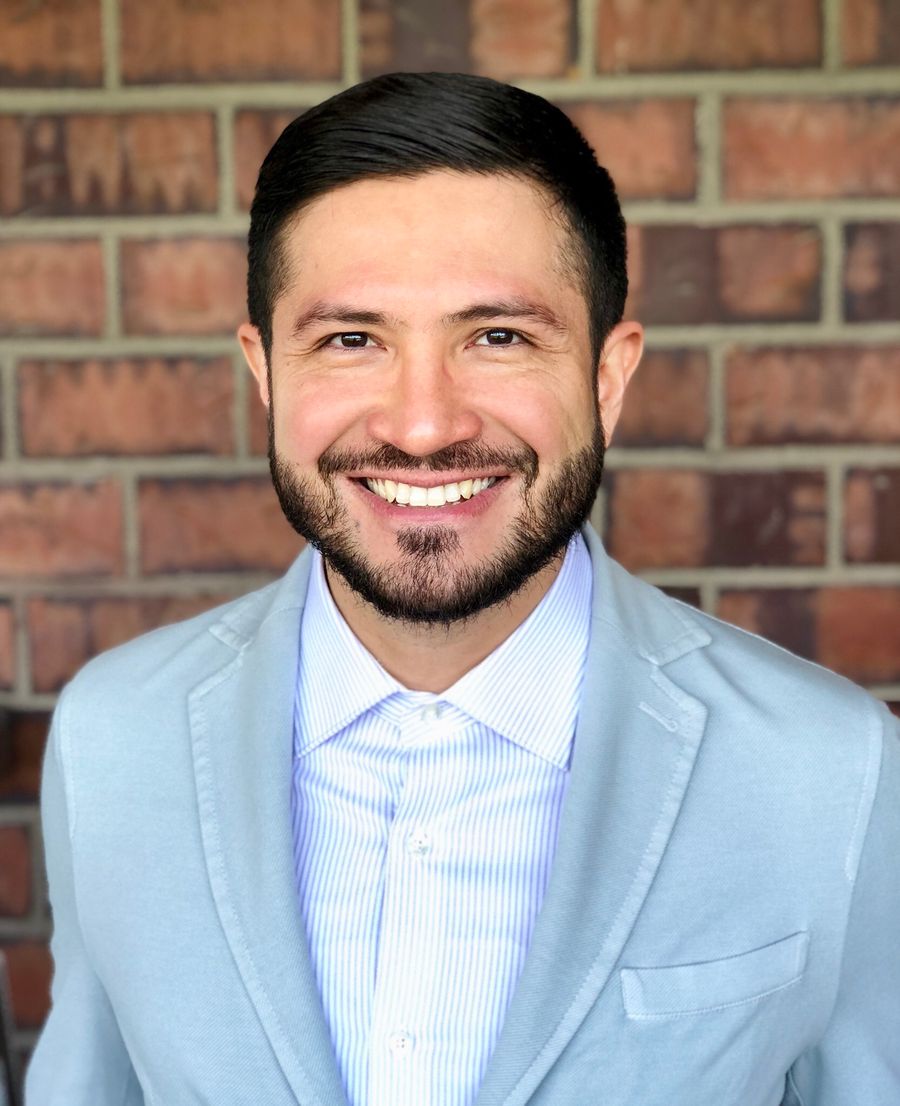Gaps in medical device industry inspire innovative company

Four and half million Canadians and Americans use a walker to help their mobility, but unfortunately, falls while using one are not uncommon and result in over $330M in health-care costs per year. That's why, when Wagner Souza, recent Medical Innovation Fellow, and his team were asked 'why are you developing a walker when there’s already a well-established industry?’ they would respond 'why do so many people still fall?'.
Souza's experience as a patient with very limited mobility, combined with his expertise as a physiotherapist and a neuroscience PhD, fueled his desire to fill the gaps he sees in medical devices. "I wanted to learn how to bridge clinical setting to medical device industry," said Souza. "In a clinical setting, you have a lot of ideas to solve problems, but you don't have the tools and knowledge to translate the solution into reality."
That's when he discovered Western's Medical Innovation Fellowship Program operated by WORLDiscoveries in partnership with BrainsCAN.

Wagner Souza
Medical Innovation Fellow (2019 - 2020)
From July 2019 to May 2020, he and his Medical Innovation Fellowship team researched, observed, and innovated. They spent months at Parkwood Institute, emergency rooms, operating rooms and more to determine patient and clinician needs. This led to developing a walker, a shoe insole, and a wheelchair mold. What makes these products different than what's available? They were all carefully designed with the same goal in mind – putting the patient's wellbeing first by applying neuroscience to smart assistive devices.
Next, Souza is going to bring these devices to market. His soon-to-launch company, Thalamus, is aptly named after the region of the brain responsible for relaying information from your surrounding environment to the other areas of the brain that are responsible for processing effective responses.
Thalamus’ primary product will be the innovative walker. One version will feature an elliptic structure and automatic braking. “Most people who have walkers have a delayed reaction time. It's neuroscience,” Souza explains the importance of automatic braking. “Reactions can be delayed up to 1.5 seconds, which is enough time for a fall to easily happen if your walker has manual brakes."
The elliptic structure means users can have varying body weight support, which currently is only possible while in a clinic. "The back-rest doubles as a saddle-like harness so you can walk with different levels of weight supported. You can have a lot of support, some support, or none. It's very versatile. I've worked on gait for the past 10 years and I've seen that partial body weight support benefits a lot of people going through rehabilitation."
A more advanced version of the walker will include haptic and pressure sensors in the handles that will vibrate if they detect the body centre of mass is shifting too much. A sound alarm will alert the user if their imbalance is about to result in a fall. All of this information, plus steps, will be tracked on a phone app, which will immensely help clinicians. "If I tell a patient to take 3,000 steps per day, I'm relying on self-reported outcomes when I follow-up with them at their next appointment," explains Souza. "This way, clinicians can see the patient's accurate walking performance on a daily basis, including step count and gait speed, and use the information to provide better quality of care."
"Everything about this walker was conceived with neuroscience concepts in mind. Reaction time, stages of gait, balance distribution, how the wheels are positioned, concept of personal space, and more," said Souza. "It will pose a significantly smaller risk for falls."
The second medical device, the custom-fit wheelchair mold, will help children with disorders that affect biomechanical adaptations, mainly cerebral palsy (CP) patients. These children need a special seat, harness and structure around them for their safety. If they don't have the proper support, they go into positions that are very harmful to them. Currently, it takes up to nine months from the time the child is precisely fitted to the time their wheelchair mold arrives. Unfortunately, child growth is on a different timeline. On top of that, is it very expensive.
Souza's wheelchair mold will be adaptable so it can last much longer. Using high temperatures, it can be reshaped to fit the child and taken home one day later, if not the same day. This much cheaper and effective option will also communicate with a phone app. "It will tell parents where the peak pressure points are on the seat to avoid pressure ulcers, which are very common in children with CP," said Souza. "These children have a difficult time verbalizing, so they can't tell their parents or caregiver where they're hurting. This is an awful reality for many families. The phone app will alleviate that problem."
The third medical device is a smart insole. Like the walker and wheelchair mold, it will connect with an app and show gait speed, pronation, supination and how pressure is being distributed. Most importantly, it will send an alarm if something is in the user’s shoe and harming their foot. Most people can feel a pebble in their shoe, but some diabetics aren't as fortunate. Peripheral neuropathy is a condition where diabetics lose sensation in their feet.
"I had a diabetic patient whose grandson's Lego piece was in his shoe. Since he had neuropathy and couldn't feel it, it created an ulcer. Diabetics also have a much more difficult time healing, so his foot was eventually amputated because of a Lego piece in his shoe."
The insole, technology adapted from the University of Windsor’s flexible pressure sensor, earned Souza and his team the top prize at Western’s Proteus competition.
Once Souza has the funding to build a walker prototype, and pending COVID-19-related delays, he can begin to test the devices with patients at Parkwood Institute. He hopes to bring these life-enhancing devices to market in mid-2021.
“Giving people with limitations a better quality of life. That's the point. That is my ultimate goal.”






